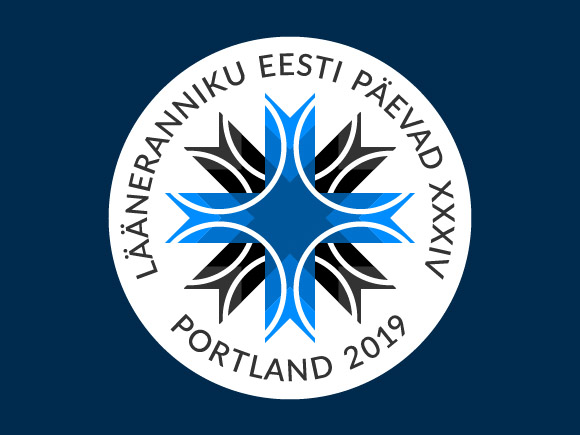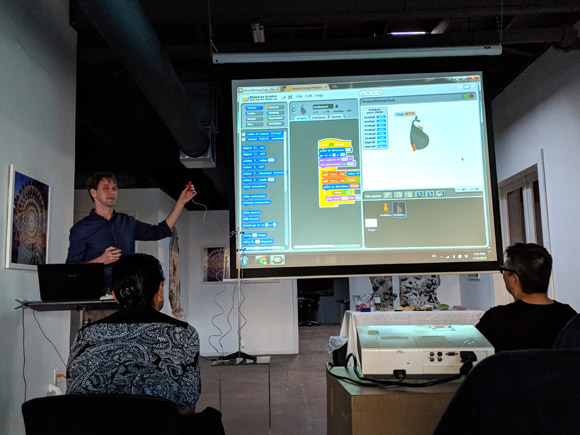In The Modern Housewife, a sort of cookbook-novel
published in 1850
by Alexis
Soyer (the Gordon Ramsay or Alton Brown of his day), you can find
a list enumerating the various foods that a celebrity chef of the 19th
century might consume in 70 years of feasting and idling. In the midst
of the sort of numbers that sound reasonable to modern ears—4
1/2 tons of bread, 21000 eggs, 250 melons, etc.—is the
following:
in poultry, 1,200 fowls, 300 turkeys, 150 geese, 400 ducklings, 263 pigeons; 1,400 partridges, pheasants, and grouse; 600 woodcocks and snipes; 600 wild ducks, widgeon, and teal; 450 plovers, ruffes, and reeves; 800 quails, ortolans, and dotterels, and a few guillemôts and other foreign birds […] 120 Guinea fowl, 10 peacocks, and 360 wild fowl.
What an extraordinary variety of birds were available to this
heroic character! I'd like to think of myself as an adventurous eater
but aside from the enormous numbers of chicken and turkey typical for
a 21st century American and what I imagine is an above-average amount
of duck, I can count probably less than 10 quail, one or at most two
pigeons, one goose, and one pheasant—certainly no plovers or peacocks (!) or those intriguing “foreign birds”.
This list has me curious! For the
sake of my soul I'll leave the poor Ortolans alone but it may be
time to seek out some alternative sources of poultry.


